Photo: © RIA Novosti/Alexey Maishev

Photo: © RIA Novosti/Alexey Maishev
You rarely see such a picture: the American Abrams, the French Leclerc, the German Leopard and the British Challenger confront each other on the same training ground during the “Strong Europe” competition – the Western analogue of the Russian tank biathlon. NATO countries prove to each other whose tanks are faster, more maneuverable and whose cannon fires further. The competition was held only three times, and the German crews on the Leopard 2 won twice.
Now the strength test will have to pass in a real battle. In total, NATO is transferring 320 units of heavy armored vehicles to Ukraine. The first 50 vehicles are promised to be delivered to Kyiv by the beginning of April 2023. The arms race in tank building is approaching its climax. For the first time, Russian and Western vehicles will converge on the battlefield – T-90 against NATO tanks. About what to expect from this confrontation, tells Security Council program with Igor Shevchuk on REN TV.
Feature of German Leopard 1
Most of the supplies to Ukraine are German Leopard 1 tanks. Germany plans to send 178 units to the Armed Forces of Ukraine. According to the plan, part will reach the front line by summer, the rest – next year. Tanks will be handed over to Kyiv in a modification with a thermal imager, modern communication systems and a fire control complex.
But this tank is outdated in all its parameters – both technically and morally. It has very weak armor: 70 mm in the hull and 40 mm in the sides. And its 105-millimeter gun will not cope with any modern tank. In addition, this caliber of shells is no longer produced, so the warehouses of the Bundeswehr may simply not be able to find suitable ammunition for the Armed Forces of Ukraine.
“Leopard 1 is an ancient mammoth, despite all the modifications and automatic fire control. I think it will not live very long on a modern battlefield”– military observer Dmitry Drozdenko expressed his point of view.
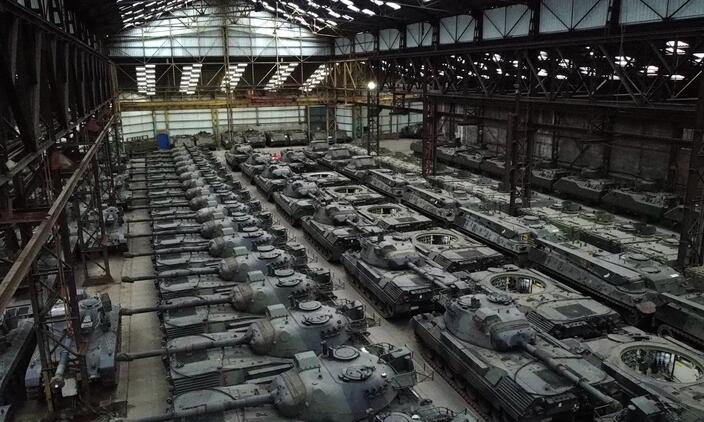
What is the effectiveness of combat vehicles
Of course, the effectiveness of the tank lies primarily in the skill of the crew. But there are parameters that make the technique an easy or difficult target for the enemy. The weight of the machine is very important: the lighter it is, the more maneuverable it is. And here the Russian T-90 weighing 46 tons wins. All its rivals weigh more than 60 tons, the absolute record holder is the British Challenger. Its mass in full assembly and with ammunition is 75 tons – this is 1.5 Russian T-90s. Because of this, the Briton has a low speed over rough terrain – only 40 km / h. Russian tank goes 30 km/h faster.
“The entire road infrastructure of Ukraine is the infrastructure of the Soviet times, where there are a lot of bridges, crossings. These bridges and crossings are not designed for a weight of 60 tons. While our tanks of about 40 tons easily overcome bridges”– noted military observer Alexander Butyrin.
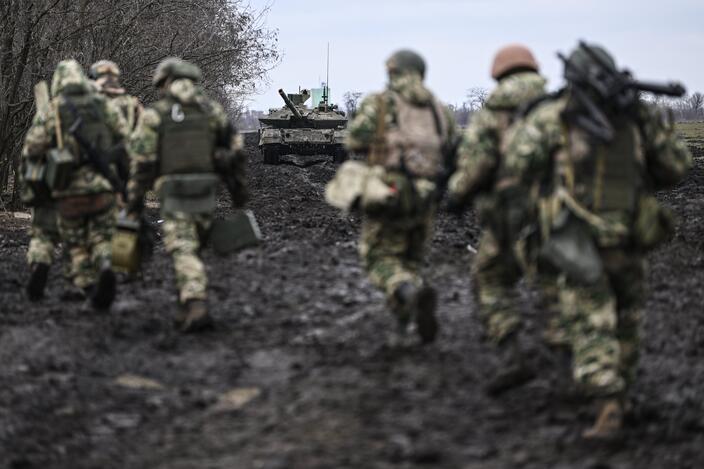
Advantages of the Russian T-90
The smaller the tank, the more difficult it is to detect and hit it. The car is easier to disguise, and you can fire from different shelters. The advantage of the T-90 is the compact silhouette of the tank. Its height is only 2 meters 23 centimeters, Leopard 2 is half a meter higher. The length of the body of the German car is more than 7.5 meters, and taking into account the guns, it is already 11 meters. The T-90 has the same length with the gun extended forward – 9.5 meters.
For the unique suspension system and dynamic movement, the T-90 was nicknamed the flying tank. It literally takes off above the ground, and at that moment the crew fires from a cannon – this indicates excellent stabilization of the gun. So far, only the T-90 is capable of this.
Differences between Russian and Western tanks
Russian and Western vehicles differ in gun caliber: 125 mm versus 120 mm in favor of a tank from the Russian Federation. The effective range of the T-90 is four kilometers, while the Leopard and Abrams have three. In a tank duel, the T-90 will fire first, the Ukrainian crew in German and American vehicles will have to approach and expose themselves to fire.

“The peculiarity of our tanks and our infantry fighting vehicles is that they can fire ATGMs. That is, a smooth-bore gun, a rocket is inserted instead of a projectile, and now the T-90 has a firing range of five kilometers”said the expert.
Western vehicles also have a smoothbore gun, except for the British Challenger. This is the only tank in NATO in which the designers chose to install a rifled gun. And this decision raises a number of questions even among Western experts. Intense fights can lead to rapid barrel wear. In addition, rifled guns do not fire HEAT projectiles. Excessive rotation of the ammunition has a bad effect on the formation of a cumulative jet, which pierces the armor of an enemy tank. But the rifled gun has one significant advantage – the firing range. The British Challenger hits eight kilometers.
“The caliber is like NATO, only the gun is rifled. Accordingly, they can only be fired with an English projectile, and there are very few of them”– Drozdenko emphasized.
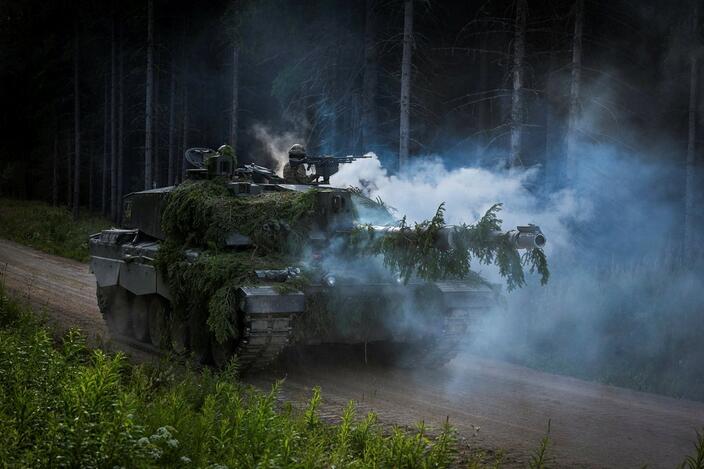
The main difference between Russian tanks and Western ones is in the automatic loading system of shells. On all NATO samples, ammunition is installed manually.
“The automatic loading system allows us to fire more closely. The process of loading between shells takes six seconds. It also allows us to keep a crew of about three people, unlike Western and European tanks of four people”– said the military observer.
The fourth crew member, namely the loader, disappeared from Soviet tanks when the army was re-equipping with T-64s and T-72s, that is, half a century ago.
“On the other hand, the Americans have an advantage: their shells are laid behind a special partition in such a way that if they hit the shells in the rear side of the tower, it will burn out, but the crew will remain alive. With damage, but will be alive. Then there’s not inside this burning going on”the expert explained.
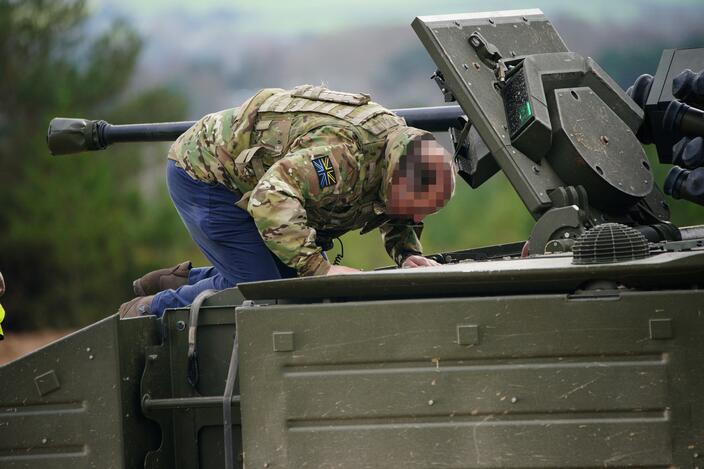
The secret of the survivability of American Abrams
Although Abrams often burned during the fighting in the Middle East, the crew managed to escape. The secret of the tank’s high survivability is in its depleted uranium armor. In addition, the car has Israeli-made Trophy active protection.
But the Armed Forces of Ukraine cannot count on a complete set of the tank. US law prohibits the export of Abrams with uranium armor – this is a secret American development. And Israel does not approve of the supply of its active protection, which is also on the German Leopard.

Testing the strength of the British Challenger
During the military campaign in Iraq, the British Challenger proved to be a real tough nut to crack – it withstood several hits from grenade launchers at once. But so far this is the only conflict where the “British” were used in real combat conditions. How the heavyweight will show himself in battle in Ukraine, where he will be confronted by modern anti-tank systems, is unknown.
“His trouble is that there are few of them. That is, there is simply no real experience of full-fledged combat operation of this tank. And, I think that gentlemen, the British themselves do not know what will happen if he gets into harsh combat conditions in the field”says the interlocutor REN TV.

Destruction of German Leopard
The Turkish tankers, who fought on the German Leopards, were less fortunate. When the Kurds launched anti-tank guided missiles at the car, the tank with ammunition exploded. In just a few days, the Kurds destroyed 10 tanks.
“There, the problem was more in the tactics of use: the tank was actually used as a means of infantry fire support, so they were poorly dug in, they were accessible from the sides, that is, they were not protected”– Drozdenko explained.
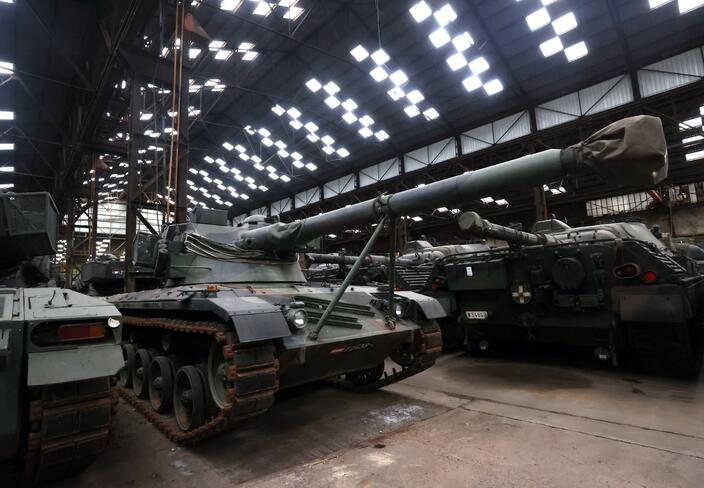
Advantages of the T-90 “Breakthrough”
The T-90 “Breakthrough” has a welded hull and turret, made of armored steel. The frontal part is completely composite, capable of withstanding a blow even with cumulative ammunition. But any, even the strongest tank armor, can be pierced. That is why dynamic and active protection are now responsible for the survivability of the tank. On the T-90, these are “Relic” and “Afghanit”.
“Plus, a jamming system, like” Curtains “, which allows you to shoot down the same Javelin. It also goes to the image of a tank, you need to highlight it. This system just creates a cloud of interference that interferes with the guidance of such missiles”– said the military observer.
The Armed Forces of Ukraine may have problems with Western tanks even in the rear. The most fastidious is the American Abrams. The machine has a gas turbine engine, which is refueled with aviation kerosene. And the APU lacks even conventional gasoline.
About military secrets, amazing army techniques, weapons, brutal gadgets and much more, see the Security Council program with Igor Shevchuk on REN TV.
Source: Ren
Alfred Hart is an accomplished journalist known for his expert analysis and commentary on global affairs. He currently works as a writer at 24 news breaker, where he provides readers with in-depth coverage of the most pressing issues affecting the world today. With a keen insight and a deep understanding of international politics and economics, Alfred’s writing is a must-read for anyone seeking a deeper understanding of the world we live in.
